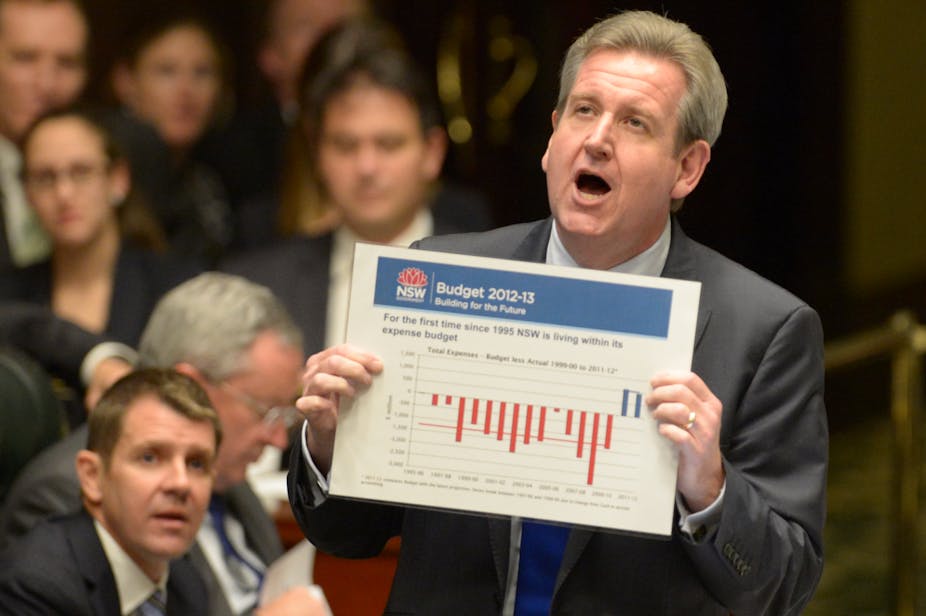New South Wales taxpayers could well be wondering whether the news that the state’s finances are in surplus - rather than deficit - is good news or bad.
The state’s Auditor-General Peter Achterstaat has unveiled accounting errors totalling $1 billion in the Barry O'Farrell Coalition’s 2011-2012 budget, which means that rather than the $337 million deficit projection announced in June, the state has actually a $680 million surplus.
That’s the good news. The bad news is while government final outcomes rarely come in at the amount in the original budget, a difference of this magnitude in such a short period of time is highly unusual for a state government.
In his report, Mr Achterstraat noted that “once again there have been large fluctuations throughout the year in the expected budget result” and that “this is not acceptable for an entity the size of NSW that manages billions of dollars of assets and public funds”.
So where did such large discrepancies come from? The $1 billion difference comprised a $600 million increase in revenues and a $400 million decrease in expenses. Major items of revenue understated in the June figures were grants revenue (overstated by $283 million), revenue from the sales of goods and services (overstated by $129 million) and fines and regulatory fees (overstated $146 million). The major expense item overstated earlier related to employee expenses ($433 million).
The Auditor-General recognised that some of these variances were due to policy changes since June. However, others were due to the quality of the data and an inability of the government to make accurate predictions for the final months of the financial year.
Of particular concern was the qualified auditor’s report and the additional statement by the Auditor-General that “there has not been a single year in the past decade when the state has received an unqualified auditor’s opinion.”
The qualified audit opinion arose due to the auditor-general’s inability to obtain all the necessary information to form an audit opinion on certain figures in the accounts.
These related to asset valuations for buildings, for land assets and related infrastructure, and for certain archive collections.
However, Mr Achterstraat’s report highlighted more serious indications of deficient accounting relating to errors in the figures of government agencies.
The figures for government agencies are important as they are incorporated into the accounts for the total state sector. In this case, the auditor-general needed to advise the agencies of the errors so they could correct their own accounts.
What is staggering is the extent of the errors that were detected by the auditor-general and the fact that the number of large errors has been increasing over past years.
The Auditor-General revealed that the 2011-12 financial statements of agencies submitted for audit contained 37 large errors, each of which exceeded $20 million. That number of errors increased from 24 and 25 respectively for the 2009-10 and 2011-12 financial years, as shown in the following table:
| Size of error | 2011-12 | 2010-11 | 2009-10 |
|---|---|---|---|
| $20 - $50M | 19 | 14 | 11 |
| $50 - $100M | 7 | 4 | 5 |
| $100M - $1B | 9 | 6 | 6 |
| Greater than $1B | 2 | 1 | 2 |
| Total errors > $20M | 37 | 25 | 24 |
The errors were caused by such factors as mistakes in spreadsheet formula, data entry errors, deficiencies in determining end-of-year accruals and provisions, and errors in accounting for complex transactions and balances. Perhaps the most basic of errors occurred in relation to inter-agency payables and receivables.
These errors indicated that agencies do not always undertake regular reconciliations of their inter-agency balances. This is especially surprising when the agencies are all in the one (NSW) government sector.
All of which begs the question: would a public company be able to get away with such an accounting and reporting system?
More positively for taxpayers, it also underlines the benefit of a strong, independent Auditor-General’s office.

